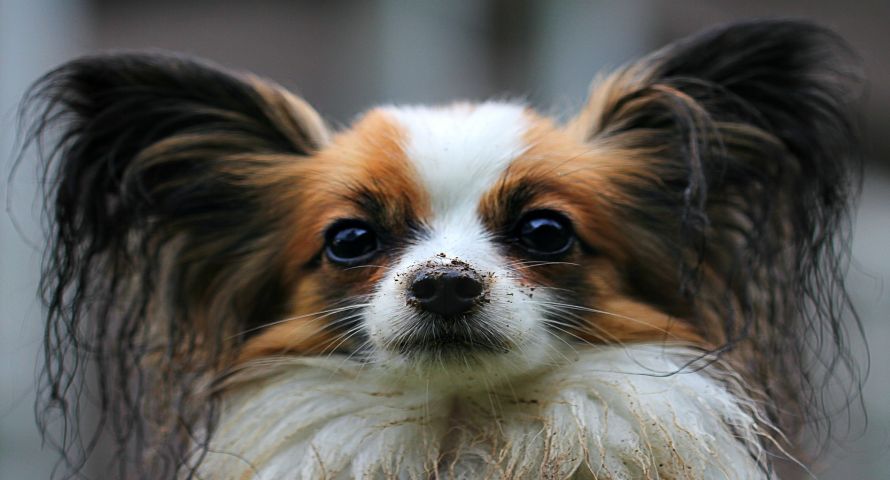Dog owners have many decisions to make regarding the care of their dog. One of those decisions has to do with grooming the dog. There are exactly two choices in the grooming area: groom the dog yourself or pay a professional to groom your dog.
The answer to how to groom your dog basically depends on several things: The breed of dog you have, how much time and money you have to groom the dog, and how well you think you can handle the grooming tasks.
There are positives and negatives to both choices, as follows:
Positives for Grooming Your Dog Yourself
Grooming your dog has the benefit of distributing skin oils throughout the dog’s coat, it removes any loose hair, removes any irritants in the coat that the dog may have picked up, and keeps the coat free of tangles and knots.
You can also look for any physical changes on the dog’s body such as lumps, or the presence of fleas. These are the health and coat care benefits. There are emotional benefits too such as the bond that forms when you spend time with your dog. The dog experiences pleasure at your hands as well as to have another reason to trust you.
Studies show that grooming and other time spent with a dog is an emotional benefit that you receive and is good for your health by lowering stress levels and makes you feel good.
You will also appreciate the money that you will save when you avoid the professional dog groomer’s fee.
Positives for Using a Professional to Groom Your Dog
Your dog may look better than if you do the job.
You will free up some time to do something else you enjoy doing.
If you have a show dog, the dog will look better done professionally and have a better chance of winning.
Dog Grooming Tools
If you choose to groom your dog yourself you will need some grooming tools.
The following is a list of common tools used:
Some of the tools selected will depend on the type of coat your dog has.
The choices for brushes are:
Bristle brushes for regular brushing
Slicker brushes for a thorough brushing and for dogs with a thick coat
Wire pin brushes for dogs with short coats or those dogs that have wooly coats
Dog combs:
Fine-tooth for soft coats
Medium-tooth for most coats
Wide-tooth for dogs with heavy coats
Curry combs to get the tangles and knots out
Dog nail clippers:
These come in different sizes and three main types:
Guillotine-style to insert the nail into and replaceable blades. These are not for large breeds or for dogs with thicker nails.
Scissors-style is for smaller dogs
Pliers-style clippers are like pruning shears and work well for dogs with thick nails.
How to Groom
You should groom a dog several times a week. While grooming look for sores, lumps or any injuries while you brush the coat.
Start grooming at the head and work your way to the tail. If cutting a mat of hair, point the scissors away from the dog’s skin. Large or thick mats should be left for a professional to do.
Nails should be just long enough to touch the ground when the dog is walking. Some dogs wear down the nails naturally and do not need trimming while others may need them trimmed several times a month.
How to Trim the Nails
Get your dog in a comfortable position on your lap or on the floor. Extend each nail before trimming it, look for the quick inside the nail, and be careful not to trim close to the quick. With darker nails, the quick is more difficult to see, so take extra care. The quick starts where the nail gets darker.
Cut from underneath the nail. When you have the clippers in place and have located the quick, cut hard to get through the nail. Trim just a little bit at a time from the tip of each nail.
Keep the experience a pleasant one for your dog.
Do only a few nails at a time if necessary
Praise your dog often.
A treat afterwards makes the experience more pleasurable.
If you are unsure how to trim the nails are the nails are very thick or too long, have a professional cut them.







